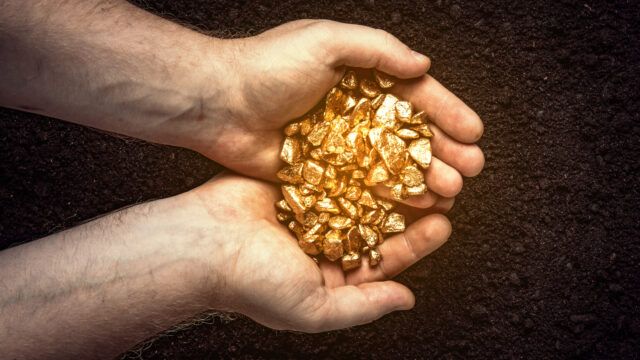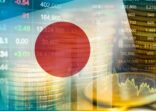The Russian invasion of Ukraine has stirred up uncertainty in markets, prompting investors to look for “safe haven” assets.
With limited options to diversify portfolios, they are turning to gold, which is well on its way to becoming the “TINA” (there is no alternative) and should continue to perform well in 2022, said James Luke, fund manager, metals, Schroders.
Gold prices had been resilient in January and early February, and as Russian troops invaded Ukraine on 24 February, the yellow metal reached $1,974 per oz, the highest it’s been since September 2020.
“This is partly due to the geopolitical stress of the Russia/Ukraine situation, and this may continue to underpin moves higher if the conflict worsens or sanctions don’t have the desired effect,” said Luke.
Luke manages the Schroder ISF Global Gold Fund, Schroder AS Commodity Fund, and Schroder AS Commodity Total Return Fund, with the former two available for sale in both Hong Kong and Singapore.
The gold fund invests in equities of companies in the gold industry, with 54.1% of its AUM invested in Canada, followed by 21.1% in Australia, and 14.4% in South Africa.
Over the past three years, the fund has posted a cumulative return of 63.38%, compared with the sector average of 55.52% and the FTSE gold mines index average of 75.03%, according to FE Fundinfo.
The demand for gold was already rising even before the geopolitical crisis, after the gold price failed to make significant headway since late 2020, noted the fund manager.
“The price falls of late 2020 and 2021 were largely due to anticipation of monetary or fiscal policy normalisation after the Covid-19 crisis,” Luke added.
“However, even before the situation escalated, we were already seeing signs that institutional demand for gold as a portfolio hedging instrument was turning positive. We think this will continue through 2022 regardless of how the geopolitical situation evolves.”
Apart from the Russia-Ukraine war, Schroders noted that the coming rate hiking cycle and removal of quantitative easing could have a negative impact on economies, and the potential for stagflationary outcomes is high.
“The probability that we remain in a long period of financial repression with negative real interest rates is also high. This is a very positive macroeconomic backdrop for gold,” said Luke.
Other diversifiers
Other than gold, investors may also look to other diversifiers such as cryptocurrency and government bonds.
But the investment manager noted that although the cryptocurrency space may have attracted capital away from gold in recent quarters, it is under increasing regulatory pressure.
Meanwhile, with high equity valuations and historically low yields, equity and government bonds are less appealing than in the past, Schroders argues.

















